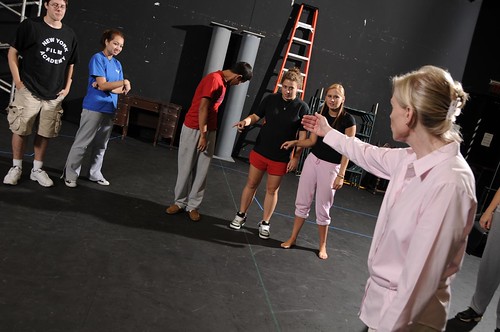With so many self-directed behaviours
in animals associated with captivity it is worth considering what
captivity means. Mostly we associate captivity with the simple fact
of being caged behind bars or enclosed within a limited and secure
area. But these images do not capture the real meaning of captivity
because they fail to focus on the meaning of freedom itself.
Why do organisms under certain
conditions, often related to laboratory captivity, fall back upon themselves and manifest behaviours, such as hair pulling, bar sucking
and self-biting? I would argue it is because their environment is
unnatural and the normal expression of species typical behaviour has
been thwarted.
To be thwarted means that you have been
deprived of satisfaction despite your best efforts to attain it. We may feel thwarted when our lottery
ticket raises our hopes of winning a nice cash prize, only to see
that the next drawn ball shows the wrong number. Of course, we get
over such disappointments quickly; not only will there be
another lottery next week but nearly all of us lose and losing does
not threaten our presently understood sense of place in the world.
But imagine being thwarted in ways that
disrupt the social continuity of your experience or deprive you of
connection to your environment. Prolonged isolation or being placed
in a sterile environment with no way of gratifying yourself would not
be like taking a fish out of water and placing it on a slab whilst
still keeping it artificially respirated. The animal would have no
use for itself – no way of being a fish, despite being a fish.
This paradox for me goes to the root of why organisms perform
self-directed behaviours.
More concrete examples of how captivity
disrupts the continuity of species specific experience and makes an
animal redundant unto itself include the following:
artificial food products that do
not allow the animal to engage in species specific eating patterns or
provide a sense of satiation following digestion – bar sucking is
often noticed in such cases.
Cage conditions that limit an
animals movements or access to materials (such as straw or 'house'
building materials) so that it cannot complete species specific fixed
action patterns of behaviour – stereotypical repeated movements are
common in these instances.
A restricted visual field (e.g. a 180+ degree vista blocked) or
limited space for movement so that foregrounded dangers or
approaching threats cannot be properly evaded and a suitable
proximity achieved that allows for a sense of safety and comfort –
feather plucking in parrots has been noted in this respect.
Peer group separation, such as
housing mice with their siblings only – this has produced fur pulling
behaviour.
These are just a few of the situations
that have been found to produce self-directed behaviours in animals. Ultimately, if you take an animal out of its natural
habitat, you risk placing it in a world in which its being no longer
has meaning in a social or biological sense. Animals are finely
tuned to their natural environment and must be or they would not
survive in the wild! Once this environment is changed, often
unaccountable changes are produced in the animal as a result.
Animals, like humans, are free when
they have control over their own internal physiological states. When
they are hungry they are can eat the food they want to eat; when they
are frightened they are free to flee danger or fight their corner;
when they are in open spaces they can roam etc. Freedom is
homeostasis in operation - the preservation of one's continuity of
experience by control over the internal environment through a free
response to environmental conditions.
As a final point, it is worth noting
that animals born in the wild and brought into captivity do not
manifest self-directed behaviours. It is only those organisms that
develop in unnatural conditions that are forced to fall back upon the
body and develop behaviours that offer them some way of coping with
the situation they have been born into.
I believe humans who display
self-directed behaviours are suffering in a similar way.



